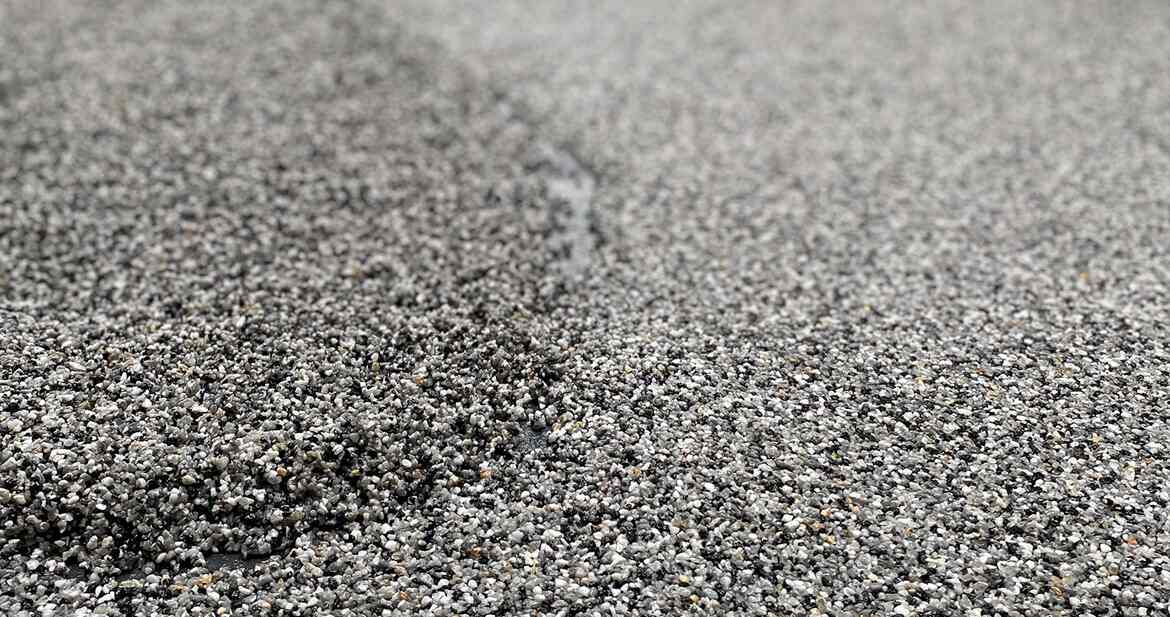Surface permeability is of great significance in numerous applications ranging from urban development to environmental sustainability. Gaining an understanding of permeable surfaces, porous materials, and pervious surfaces is necessary for effectively solving contemporary problems like stormwater management and mitigating urban heat islands.
Permeable porous previous difference
Surface permeability is of great significance in numerous applications ranging from urban development to environmental sustainability. Gaining an understanding of permeable surfaces, porous materials, and pervious surfaces is necessary for effectively solving contemporary problems like stormwater management and mitigating urban heat islands.
Define Permeable Surfaces:
Permeable surfaces are materials or structures which permit water to pass through them, thus reducing surface runoff while aiding recharge of groundwater resources. Examples of permeable materials include porous asphalt and gravel systems which have interconnected pores enabling water absorption quickly into the soil.
Permeable surfaces provide more than just water management benefits; they also aid soil conservation and erosion control, replenishing groundwater reserves while keeping the soil moist to enhance agricultural productivity and support healthy ecosystems. In addition, permeable surfaces reduce flood risks while alleviating pressure on traditional drainage systems - providing greater resilience against extreme weather conditions.
Permeable surfaces offer an eco-friendly solution to managing water and mitigating urbanization's negative effects, with permeable surfaces becoming more and more relevant as urban areas grow. Their use can be implemented into infrastructure designs in order to promote environmentally friendly development.
Understanding Porous Surfaces:
These surfaces can absorb and infiltrate water through interconnected pores in their material, often using materials with high porosity such as certain concrete types, bricks, or aggregates to form these porous surfaces.
Pervious concrete, asphalt, and gravel are three materials commonly used for building construction and landscaping applications. Each has been engineered with an open void area to allow water infiltration and reduce surface runoff.
Porous surfaces are beneficial in that they help reduce runoff while at the same time recharging groundwater resources. Porous surfaces help replenish aquifers by allowing water seepage into the soil; in doing so, hydrological equilibrium is maintained, thus preventing flooding, erosion, and pollution associated with impermeable surfaces.
How to Unravel Pervious Surfaces: Here Are Three Solutions
Pervious surfaces offer another means for water to easily pass through them, and quickly infiltrate into the soil beneath or drainage system. They allow it to seep into these materials with high rates of permeability allowing it to find its way infiltration route quickly.
Pervious surfaces play a critical role in flood management. By mitigating surface runoff and attenuating peak flows when heavy rain occurs, pervious surfaces help mitigate urbanization's adverse impacts by decreasing runoff volume and speed.
Pervious pavements and green roofs are among the many applications for pervious surfaces that help improve water quality and preserve habitats in urban environments.
Differences among permeable surfaces, porous surfaces, and surfaces with air pockets:
Water can easily pass through permeable surfaces, usually by way of joints between materials or spaces in-between, penetrating through joints between materials or through spaces between spaces in-between, infiltrating into porous surfaces through interconnected pores, quickly seeping infiltrating into these porous surfaces with high rates of permeability.
Materials like porous pavers or permeable asphalt provide surfaces that allow water to seep into them and decrease runoff, while pervious surfaces like gravel and concrete absorb excess liquid and promote infiltration. Furthermore, green roofs and pervious pavements create surfaces for rapid infiltration.
Permeable surfaces provide the optimal combination between stormwater management and rapid infiltration rates for urban use, making permeabilous surfaces the first choice in runoff management, flooding prevention, absorption of excess liquid and dissipation of excess volume. They offer optimal stormwater volume reduction while quickly dispersing excess volume through rapid infiltration rates.
Selecting the ideal surface depends on a project, site, and other environmental considerations. Permeable surfaces work well in areas with high runoff but limited infiltration capacity while porous ones can be beneficial when prioritizing soil and water recharge. Pervious surfaces provide an effective balance between stormwater management, groundwater replenishment and sustainability goals in urban settings.
Innovations, trends, and perspectives:
There have been recent innovations in permeable surface technology.
Research is ongoing into developing advanced materials with enhanced porosity and durability, including porous concretes and modified asphalt mixtures as well as sustainable aggregates made of recycled material. All this work contributes to this effort.
Designing with Green Infrastructure: Integrative design methods have grown increasingly popular, often including green infrastructure elements like rain gardens and bioswales as integral systems to control stormwater, restore habitat, and promote urban biodiversity. These integrated designs provide synergistic benefits in stormwater control, habitat restoration, and urban biodiversity preservation.
Smart Surface Technologies: Thanks to advances in sensor technology and data analysis, intelligent surface systems now exist that offer real-time tracking of water infiltration processes as well as pollution removal processes; providing opportunities for adaptive management of porous or pervious surfaces.
Climate Resilience: With climate changes amplifying extreme weather events, resilient infrastructure designed to withstand floods, droughts and temperature fluctuation is now being constructed. Future innovations may focus more heavily on resilience and adaptability when designing permeable surfaces.
Case study
Case studies demonstrate the efficacy of permeable, porous, and pervious surfaces across a range of applications. Permeable pavers installed in parking lots and sidewalks throughout San Francisco have successfully reduced stormwater runoff, thus helping alleviate flooding issues while protecting nearby water bodies from pollution.
Chicago pervious pavements on residential driveways have proven effective at both increasing groundwater recharge and mitigating heat island effects, creating a more pleasant urban environment. Filtered surfaces not only help improve water quality by filtering pollutants out, but they can also contribute to environmental resilience by replenishing aquifers and relieving pressure from traditional stormwater infrastructure.
Long-term advantages of including permeable surfaces in urban design may include reduced maintenance costs, enhanced aesthetics, and higher property values. Successful implementations have demonstrated the value of including permeable, porous, and pervious surfaces to build more resilient communities that support sustainability goals.
Conclusion:
Permeable surfaces that are porous and pervious are an invaluable asset when creating sustainable infrastructure and urban planning projects. Their porous nature allows water to absorb naturally into them, helping reduce stormwater runoff and flooding as well as replenish groundwater sources - an added advantage when considering climate change adaptation projects. Integrated into urban projects to increase environmental sustainability while simultaneously strengthening overall resilience against it, such surfaces offer numerous benefits that benefit environmental sustainability as well as overall climate resilience.
To achieve optimal results, all stakeholders such as policymakers, city planners, developers, architects, and engineers should prioritize including porous surfaces in their projects to build more environmentally-friendly and resilient environments that benefit not only current but future generations as well. We should embrace innovative solutions in order to make cities not just livable but sustainable as well.




